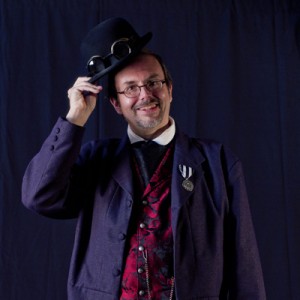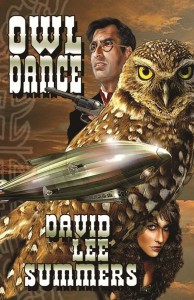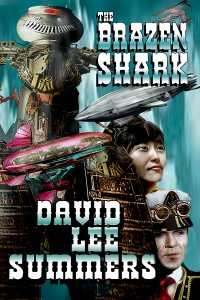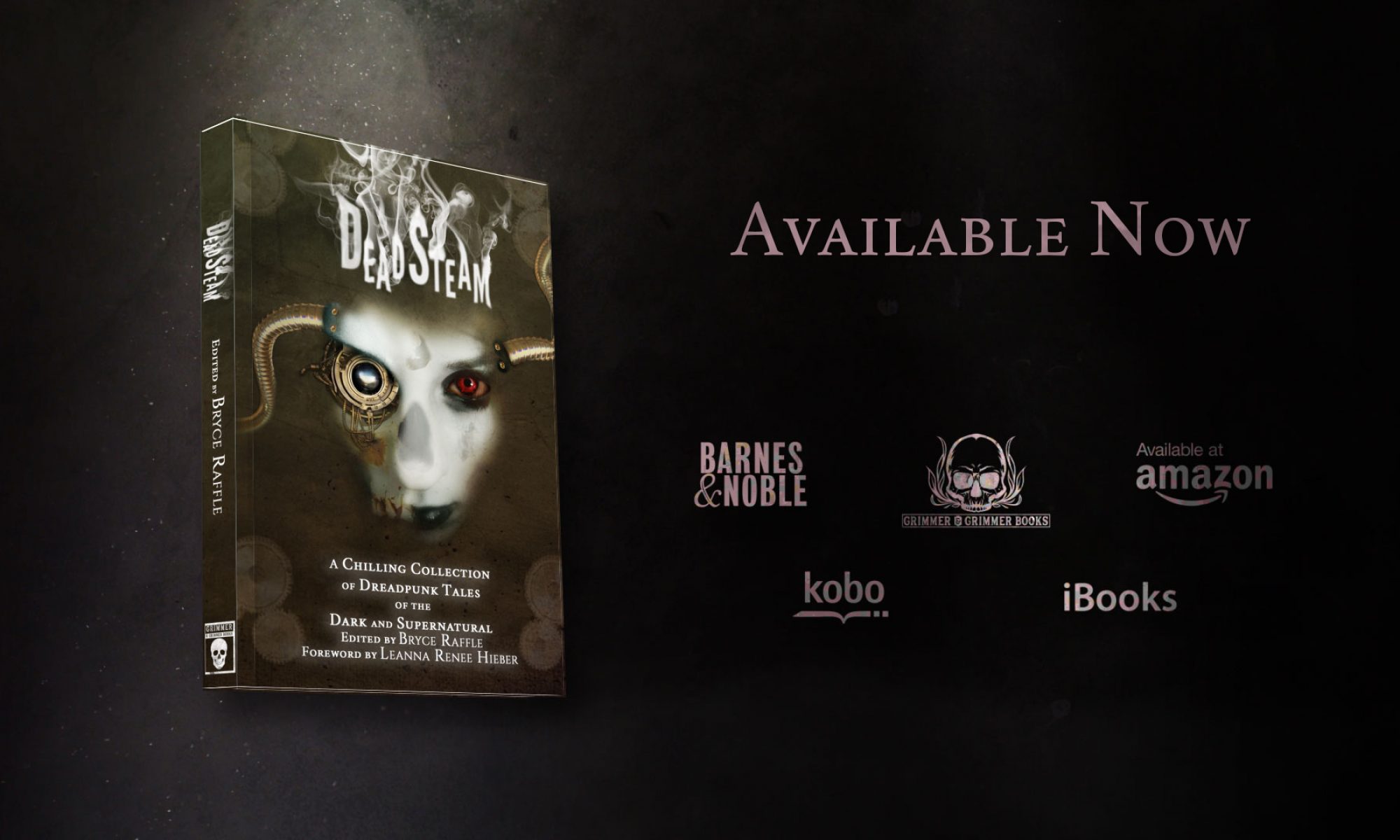Today I’m starting a new series of blog posts, where each month (or so), I introduce a new guest, and step back while they take the wheel.

My first guest is David Lee Summers, a fellow steampunk writer and Scribblers’ Den member. His novels include Owl Dance, a steampunk adventure set in the wild west, and the Scarlet Order Vampires series. He has written for numerous magazines and anthologies, including Denizens of Steam and another upcoming Scribblers’ Den anthology, which I’ll be announcing here soon.
When he’s not writing, David operates telescopes at Kitt Peak National Observatory.
You can learn more about David at davidleesummers.com
Seeking Relevance through Steampunk
David Lee Summers
A criticism often leveled at steampunk is that it glorifies the fashion, science, and manners of the Victorian era while turning a blind eye to the very real racism, colonialism, and repression of the period. While I feel the criticism is valid, I also think it presents a challenge and an opportunity to use the genre as a way to explore these issues, especially those which are still relevant today.
My introduction to steampunk came before the term was even coined, via the television series The Wild Wild West starring Robert Conrad and Ross Martin. The show basically imagined a spy much like James Bond with sophisticated gadgets battling opponents seeking world domination but set in nineteenth century America. I loved the idea of futuristic gadgets appearing in the past and how they might or might not have changed history if they really existed.
As someone who lives in the Southwestern United States and loves the history of the region, I was excited when I learned there was a market for stories like those in The Wild Wild West and leapt at the opportunity to try my hand at them. Because I grew up in the region and because my great-grandparents were early settlers, I wanted to portray the people as I knew them to be. So, when I created a sheriff, I modeled him on real life lawmen like Elfego Baca and Mariano Barela.

In Owl Dance, my character, Ramon Morales struggles with racism and people thinking he’s a foreigner, even though his father, like many historical Latinos in New Mexico Territory, fought for the Union Army in the American Civil War.
People from around the world settled in the west and I wanted to introduce a character who would at once learn from Ramon and inspire him. I researched real-life women who lived around the time of my story, but didn’t limit myself to women who lived in the United States. I came across the story of Táhirih, an influential poet and early proponent of Bábism in Iran. She inspired Fatemeh Karimi, a healer who fled Persia to find a new life in America.
Ramon and Fatemeh have allowed me to explore the serious and relevant issues of race, religion, and colonialism while still telling an entertaining story. Joining Ramon and Fatemeh in these tales is an alien called Legion. Once an organic lifeform, Legion uploaded himself into a computer. Over several millennia of upgrades, he now exists as a swarm of microscopic computers. On the surface, Legion pushes humans forward, giving rise to some of the steampunk technologies in my novels. However, Legion serves an even more important role. He is an impartial observer who sees all humans as one species during a time when few humans saw themselves that way.
A friend of mine is fond of saying, “the nineteenth century didn’t just happen in England.” The Clockwork Legion series, which starts with Owl Dance, imagines that Russians invade the United States in 1877. Because such an event would have ramifications as history progressed, I wondered what would happen to the Russo-Japanese conflict and decided to explore that in the third novel of the series, The Brazen Shark.
 This allowed me to imagine what Japan could be like in this new world as it struggled to overthrow a feudal system in favor of a more parliamentary government. In the process, I introduce a woman who fears this could actually create fewer opportunities for women and her fight to prevent that from happening.
This allowed me to imagine what Japan could be like in this new world as it struggled to overthrow a feudal system in favor of a more parliamentary government. In the process, I introduce a woman who fears this could actually create fewer opportunities for women and her fight to prevent that from happening.
The fashion, gadgets, and manners of the upper class in the nineteenth century are fun to write about. They provide a backdrop that has captivated many creators, but it doesn’t mean the darker and more nuanced sides of the period can’t and shouldn’t be explored in steampunk. In fact, taking a look at history that wasn’t, but could have been, can provide an opportunity to talk about issues that are just as relevant to us in the modern world as they were in the past.
You can learn more about David’s Clockwork Legion novels by visiting http://www.davidleesummers.com/books.html#clockwork_legion



